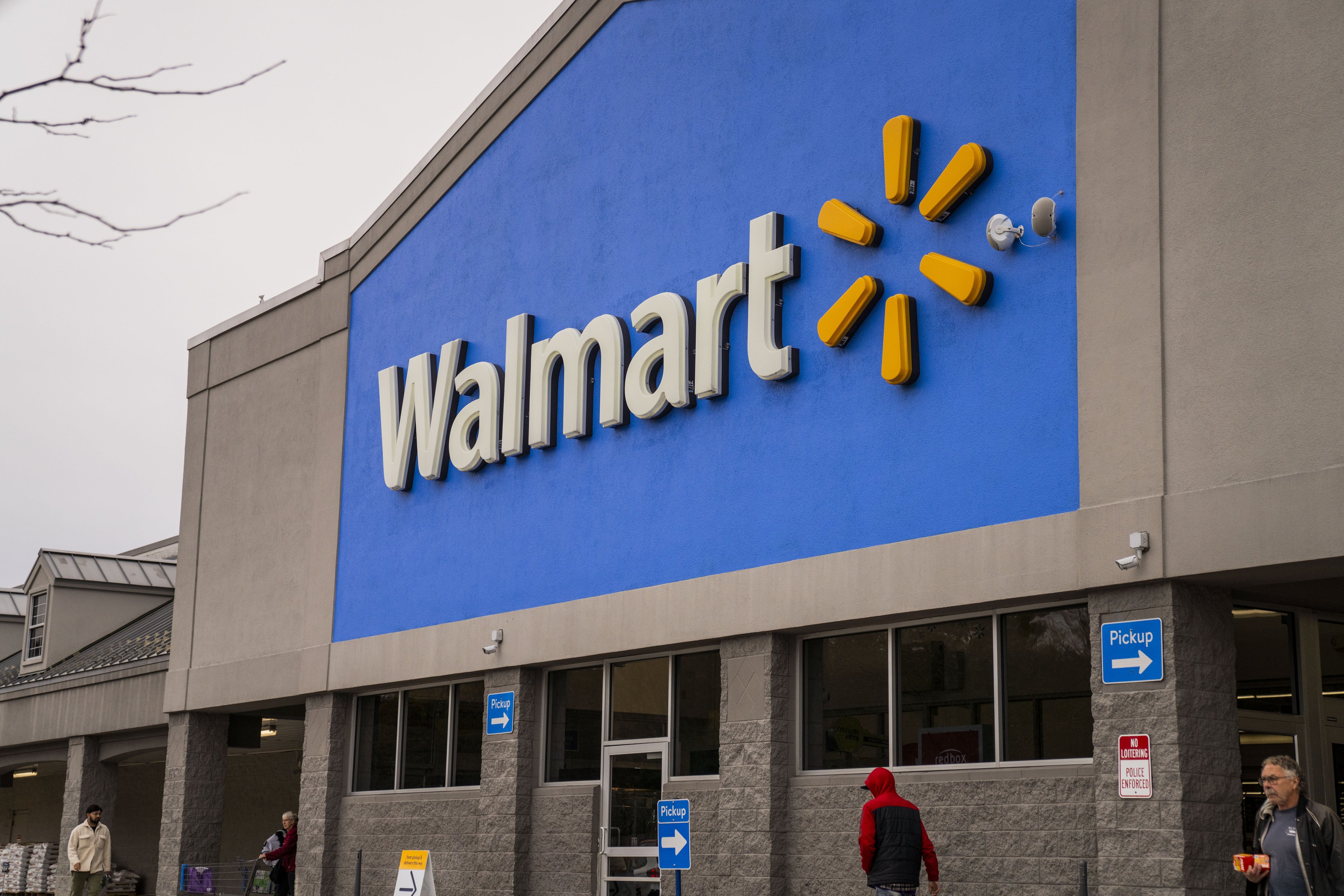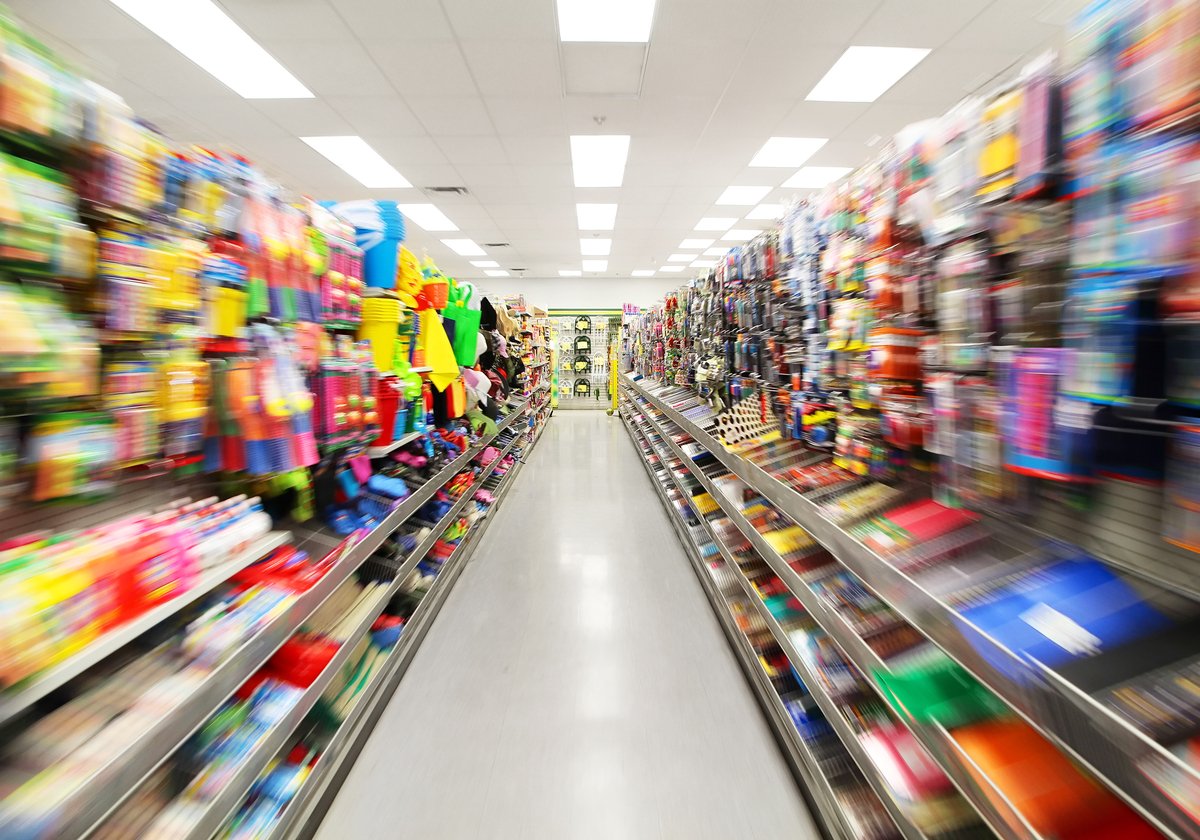Black Friday may be more of a season than a day, but for retailers like Wal-Mart (WMT +0.66%), Macy's (M 1.15%), and Best Buy (BBY +0.23%), it's a crucial period. All of those companies make a stunning percentage of their profits from the period between Nov. and Dec. 31.
In this segment of Industry Focus: Consumer Goods, Motley Fool analyst Vincent Shen is joined by Fool contributor Daniel Kline to examine what will happen this year. The two talk about what the prospects are for those chains as well has how capturing digital customers can set them up for 2017. They also discuss how physical retailers are leveraging their stores to help online sales and what that means for getting the items you want on your shopping list.
A full transcript follows the video.
This podcast was recorded on Nov. 22, 2016.
Vincent Shen: I think everyone has seen firsthand the long lines, the crowded stores, and the overall mania that comes with the season, especially this upcoming weekend.
I'd like to put into perspective for our Fools who are listening -- when you take some of the most well-known retailers in this country, and you look at their calendar fourth quarter, what kind of impact this period has on their annual results, it's pretty significant. Some major retailers that often come to mind -- for example, Macy's, their fiscal fourth quarter runs from November through the end of January. The revenue from that season made up just under one-third of their total top line from the year, but over half of net income for the year. Then, if you look at a Wal-Mart, for example, about 27% of revenue comes from that quarter, but over 31% of their bottom line. Big competitor Target (TGT +2.17%), 29% of revenue, 40% of earnings. Best Buy really surprised me -- one-third of their sales will come from this holiday shopping period, but over half of their bottom-line profits are generated in this quarter. Even if you go to Amazon, you're looking at 80% of their profits coming from the fourth quarter.
What about specifically in 2016? I know there are these expectations. The National Retail Federation says that over 137 million people will be consumers between Thursday and Sunday, out there shopping, be it online or in stores. You said 20% on Thanksgiving --
Dan Kline: Yeah, it's about six in 10 Americans will shop overall.
Shen: What about the expectations for this year? Bullish, bearish?
Kline: Bullish. Numbers are supposed to be up. About 3.5% was the original prediction. Things started a little bit slowly. The election cast a little bit of a cloud. And those early weeks when a few companies, like Office Depot, were getting out really ahead with their Black Friday deals early, sales were a little bit tepid, because the country was in a, first, "I don't know who's going to be president," and then maybe a little bit of confusion after the election. But it does seem like overall sales are going to be up. And with what you said about the percentages for all these big retailers, I would argue that for a Wal-Mart or a Target or Best Buy, it has become even more important, because digital sales are going to grow 9%-10%. If you're Best Buy and you capture a digital customer, your ability to sell to them the rest of the year -- you already have their credit card information and their email -- it puts you on on a more even footing with Amazon. It's great if a retailer can get people in and get a lot of sales. But if they can capture that info, they're setting themselves up well for the rest of the year, next year.
Shen: Yeah. As we'll see as we get into the second part of our discussion around some of those broader trends, and what companies are doing specifically, a big part of it that will here underlie every single thing we see with these companies is that they're balancing their efforts between their physical retail locations, if they are a traditional brick-and-mortar chain like Wal-Mart or Target, like you mentioned, versus their online presence and online business, trying to strike the right balance about where to focus, because you obviously have the stronger growth in the digital space, but also balancing the fact that they have these stores and they want to leverage them wherever possible.
Kline: I think the rules have changed a little bit. We all remember the days of people bashing each other over the head to get a Cabbage Patch Kid, or whatever the hot doll -- you don't remember that, but some of us older folks remember that. There are still some hot toys that will sell out, and maybe you won't be able to get them until Jan. 5, but the reality is, stores have been promising availability. You can go online, you can buy something, you can pick it up in the store. Even if they're out of something, you'll get a rain check, it'll be relatively quickly. Stores have done a much better job managing expectations and managing inventory. I think it's been a couple years since you've seen the story about a stampede of people at Wal-Mart where somebody gets crushed. They have spread out the season, and through managing distribution, they have changed expectations. So I don't think, as much as you're going to get a large amount of people shopping on Thursday and Friday, you're not going to get the same level of camping out so people can get -- I don't even know what the hot toy is. Maybe a remote-control BB-8, or whatever it might happen to be.
Shen: Yeah. I feel like what's also helping to potentially prevent some of those crazy headlines that you see, with the stampedes, waiting, huge hordes of people waiting at the doors for when they open at God knows when in the morning -- I think it also helps that people are more informed now, in general, in terms of what the options are, because they have their mobile devices, they can shop online and price-check how good the deal really is. I have something here that says nine out of 10 people will do online research before going to stores to make a purchase. Eight out of 10 people who have mobile devices will be using them actively when they're out shopping to price-check, maybe look at reviews and make a more informed decision. I think that also helps alleviate some of that pressure, whereas before, you felt like this was the only opportunity, like, "I need to get this doorbuster deal."
Kline: It does. I think stores have learned their lesson. You remember the days where Wal-Mart would have one television, back when a 32-inch television cost $400, and they would have one for $99, and people would kill each other trying to get it. You don't really see those limited-availability deals anymore. A few places are running "while supplies last," but for the most part, stuff is available. And most of retailers are taking the Amazon approach. A lot of things are discounted; nothing is ridiculously discounted. You're not going to get a new $1,000 laptop for $150. There might be some deals like that, but very few.









